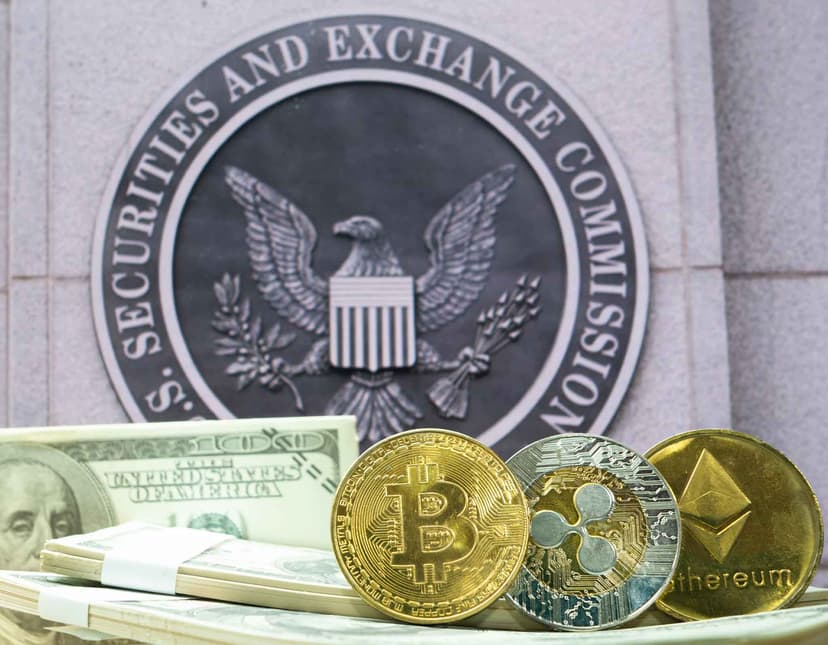

NEWS
Déjà Vu Or Will Markets Fight To Rally?

Simpler Trading Team
The market continues to take sentimental body blows from the Fed and the latest Covid variant.
Both appear to be leading the market along by the nose, as least as much as uncertainty affects sentiment – both trader and market. All three major indexes were down Tuesday at the close by more than 1.4% with the Dow falling 1.86%.
Despite all the undue influences, the end-of-year market is playing out much like it has before.
Strong market reactions to reports of a new variant don’t seem to be reversing the overall bullish direction. Technology, which has fueled economies and markets through the pandemic, appears to be maintaining its strong position.
If the market echoes previous back-and-forth selloffs, then expectations of an end-of-year rally may weaken. Buying into bearish momentum could come into play as traders complete self-fulfilling prophecies.
Where do Simpler’s traders look in times of uncertainty?
Volume and momentum are the cornerstones of directional trading. Simpler’s traders find opportunities with the potential to make money while controlling risk. They look into the market commitment that volume indicators provide, as well as looking into stocks that provide key movement within the indices.
The end of this week may unravel at least a few of the mysteries of what lies ahead in this market. The labor participation reports come out and Federal Reserve Chair Jerome Powell will offer final thoughts prior to the Federal Open Market Committee (FOMC) meeting scheduled in mid-December.
Traders looking for signals from the bond market don’t see investors buying with the fervor of typical runaway inflation periods. This could indicate transitory inflation is in play with trend inflation eventually taking its place. Hints that this sticky possibility is in play include a significant decrease in shipping containers sitting at U.S. ports, as well as upticks in the labor market participation.
This pandemic shut down the economy in the past. Disruptions in the supply chain and lockdowns caused economic hardship while the Federal Reserve worked to divert further disaster. During previous periods of economic crisis, like the financial crisis of 2008 and the Great Depression, intervention by the Fed rescued the economy.
After the Fed admitted today that its inflation assessment was wrong, the market may not view the government body as the market savior going forward. Whether this affects an end-of-year rally might prove to be a dicey road for traders the next few weeks.


